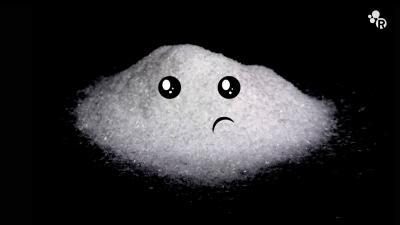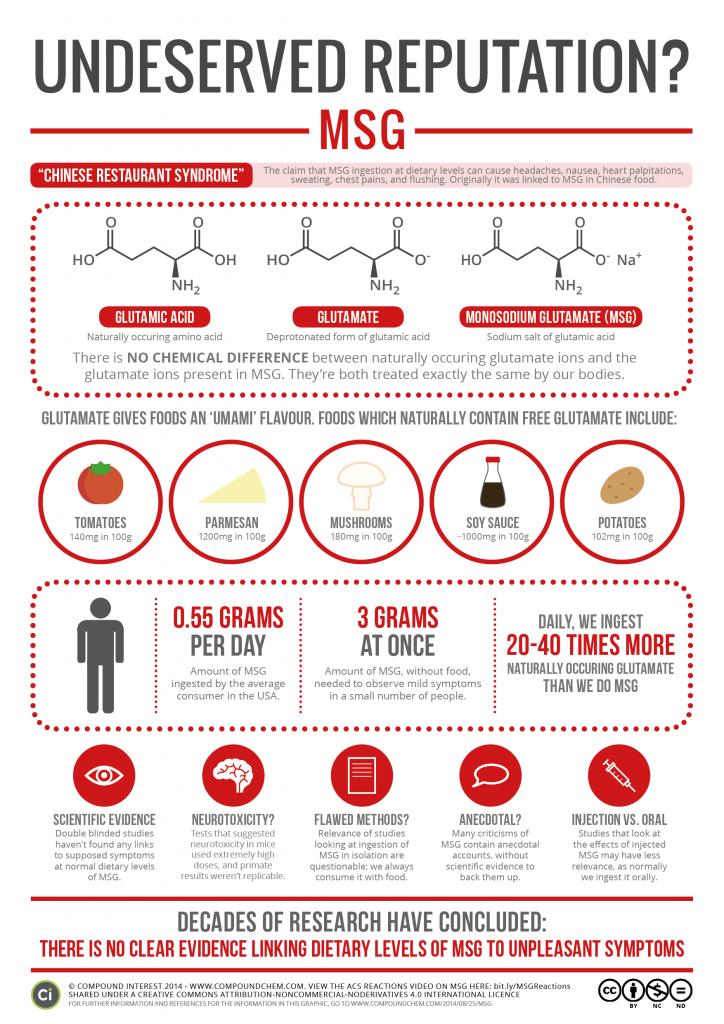Long before wheat and sugar, a popular craze against salt swept America. The salt in this case was the popular flavor enhancer monosodium glutamate (MSG), common in Chinese food, soups and meats. Glutamic acid is also naturally present in our bodies.
It was used as an additive starting in 1908, it gives food its savory umami flavor, but once it got public attention, anecdotes began to pour in about lots of non-specific symptoms that must be caused by it, despite the fact that hundreds of millions of Chinese people did not report headaches.
In the 1990s, the Federation of American Societies for Experimental Biology (FASEB) was tasked by the American government with determining its safety. The only way FASEB could create symptoms to give some sensitive individuals 3 grams or more of MSG without food - 6 times the levels of MSG in palatable food. The United States Food and Drug Administration (FDA) couldn't find any scientific evidence that MSG was harmful but because of the public concern they required that it be listed on the label.

Was the scare real?
A general rule of thumb is that if Joe Mercola endorses it, it's probably not based on evidence. If Dr. Oz has it on his show, it's not evidence-based and it's also popular with New York Times readers. But the MSG scare was before those two were popular so media attention was going to be enough. And it lingers. Like DDT, the scariness of MSG persists despite a lack of evidence; the US EPA shows countries with malaria how to spray DDT inside their houses but it is banned in America because myths are hard to shake.
Some people are sensitive, just like some people are allergic to soy milk, and the American Chemical Society helps separate fact from fiction in a new video:
And then if you like infographics, Compound Interest breaks it down for you:






Comments